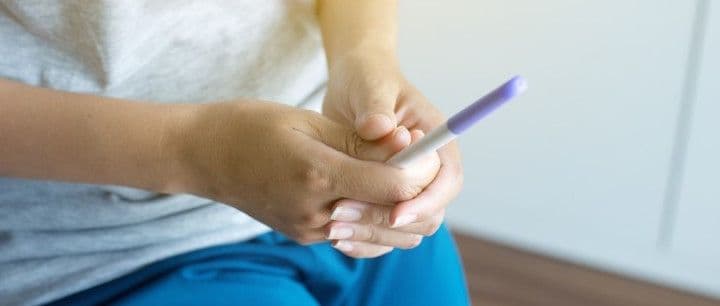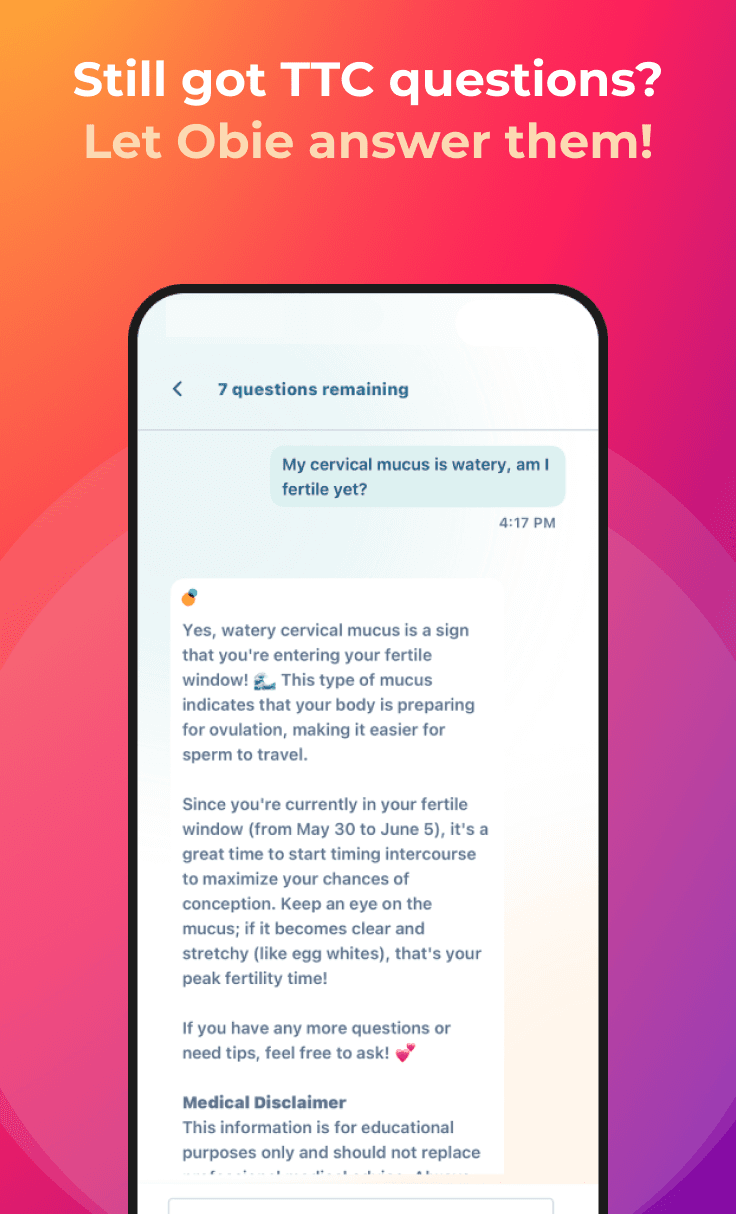BBT Temperature Curve: Sign Of Implantation?
Implantation
Obie Editorial Team

Implantation occurs on average, 9 days after ovulation, with a normal range being 6-12 days. Some people have suggested that there are some BBT temperature charts which may show signs of implantation, such as a triphasic BBT curve (a rise to a third level of temperatures) or an "implantation dip" (a one-day decrease in temperatures about a week after ovulation).
However, there is no sufficient medical evidence available that can reliably determine from the BBT chart alone whether implantation happened or not, and there are no reliable enough signs of implantation on the BBT curve.
Neither a triphasic curve nor an "implantation dip" are sufficient enough evidence that pregnancy has happened and it gives too many women false hope.
- Many women with a triphasic pattern and/or a dip in temperature are not pregnant.
- Many women who are pregnant do not have a typical triphasic pattern or a temperature dip.
- Some women who are not pregnant may have either a triphasic pattern and/or a dip or both.
The three best indicators of a pregnancy are:
- The absence of your period (amenorrhea), 15 or more days after ovulation
- A basal body temperature that is elevated 14-15 days or more
- A positive pregnancy test
The best (and some say only) way to diagnose a pregnancy from the BBT curve is to have no period (amenorrhea) 15+ days after ovulation. Anything else is just speculation.









